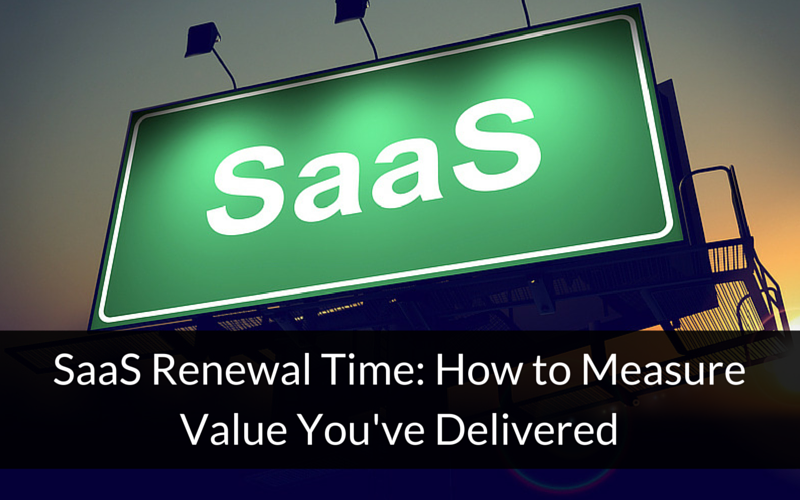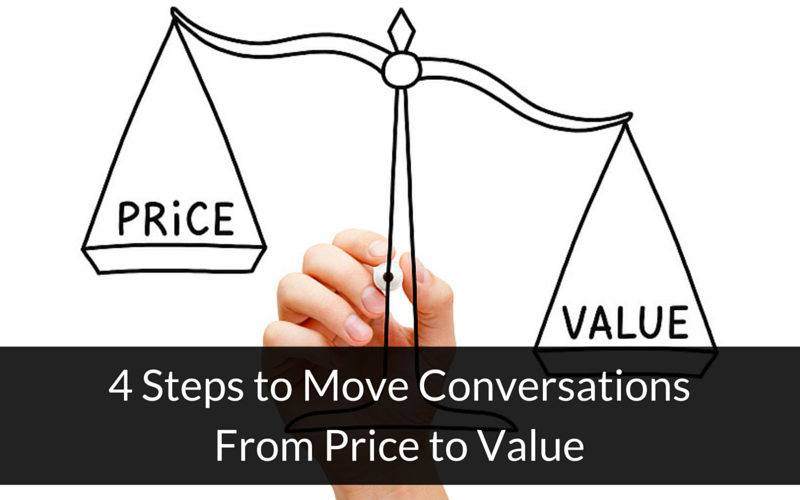Figuring out what to charge for your product may seem as simple as adding up what it costs to make plus a percentage you call profit. Unfortunately, this “markup” or “cost-plus” method is common and can result in money left on the table and unnecessarily slower future growth.
If you aren’t selling on value, you are leaving money on the table. The question is, how much?
Let’s go through the three problems with not selling based on value based on value. Each of these events result in lost revenue and profits. Altogether, it can add up to a significant amount of profit lost.
Traditional sales techniques have always concentrated on closing the sale. Once the sale was complete, there was no further reason to engage with the customer until you had another product to sell. Until a few years ago, software solutions were sold the same way.
Software as a Service (SaaS) and other emerging subscription services changed everything. Marketing and sales must now adapt to a new landscape. One practice in particular has created new challenges; that of offering services using a building block approach. How does a company successfully renew a customer at a higher price as more modules, storage capacity, and users are added?
While it may seem like customers only focus on price, many of them actually place a higher importance on other attributes. By skillfully framing the conversation using your knowledge of those attributes, you can move their focus from price to value.
You begin by building rapport with the customer. During this time, you will want to ask questions about the business and focus the discussion on what problem the customer needs to solve. From the answers the customer provides, you will learn most of the attributes s/he responds to, providing you a pathway away from price.
If you want to increase your average deal size, the best thing you can do is learn to sell based on value. That’s because a value-based selling approach helps you justify your price and expand cross-selling and upselling opportunities. Here’s how it works.
Focus on Value (Not Features and Benefits)
To increase your average deal size, start by learning how to talk about the customer’s business challenges. Specifically, think about how your solution impacts situations or circumstances that require your customer to 1) spend money unnecessarily and/or 2) not achieve their potential in terms of sales revenue.
It’s happened to the best of us: you tell a prospect how much your product or service costs and silence ensues on the other end of the line. This is known as “sticker shock.” If you’ve done your job as a salesperson though, your customer should never experience this. Why? You’ll have set up the value and discussed price early on and, therefore, eliminated any price sensitivity. However, there will be times when, despite your transparency with price, the prospect may not have been paying attention or started to think about pricing.
Last week we discussed how salespeople can overcome objections related to price. Now we want to address how marketing can support sales’ efforts.
For marketers, problems with price typically show up in the following ways:
- You’re hearing too many requests from the sales team for discounts or price exceptions.
- Your average selling price is falling below your target price.
Here are three things marketing can do to keep pricing from becoming a systemic challenge.
1) Help sales secure budget approval.
Salespeople often run into trouble near the end of the buying cycle, when they’re trying to secure budget approval from a finance team. Without a solid business case to justify the cost of investing in your offering, the deal can fall apart.
Customers and prospects often lean on price as an objection for why they don’t want to do business with you. Some common things you hear from customers might be:
- We can’t afford it right now.
- Our budget just got cut.
- Your competitor is offering a discount.
- I need my director to sign off on a purchase this size.
Overcoming objections like these is a lot easier when you understand how to approach the issue of price. Here are three tips that can help.

















